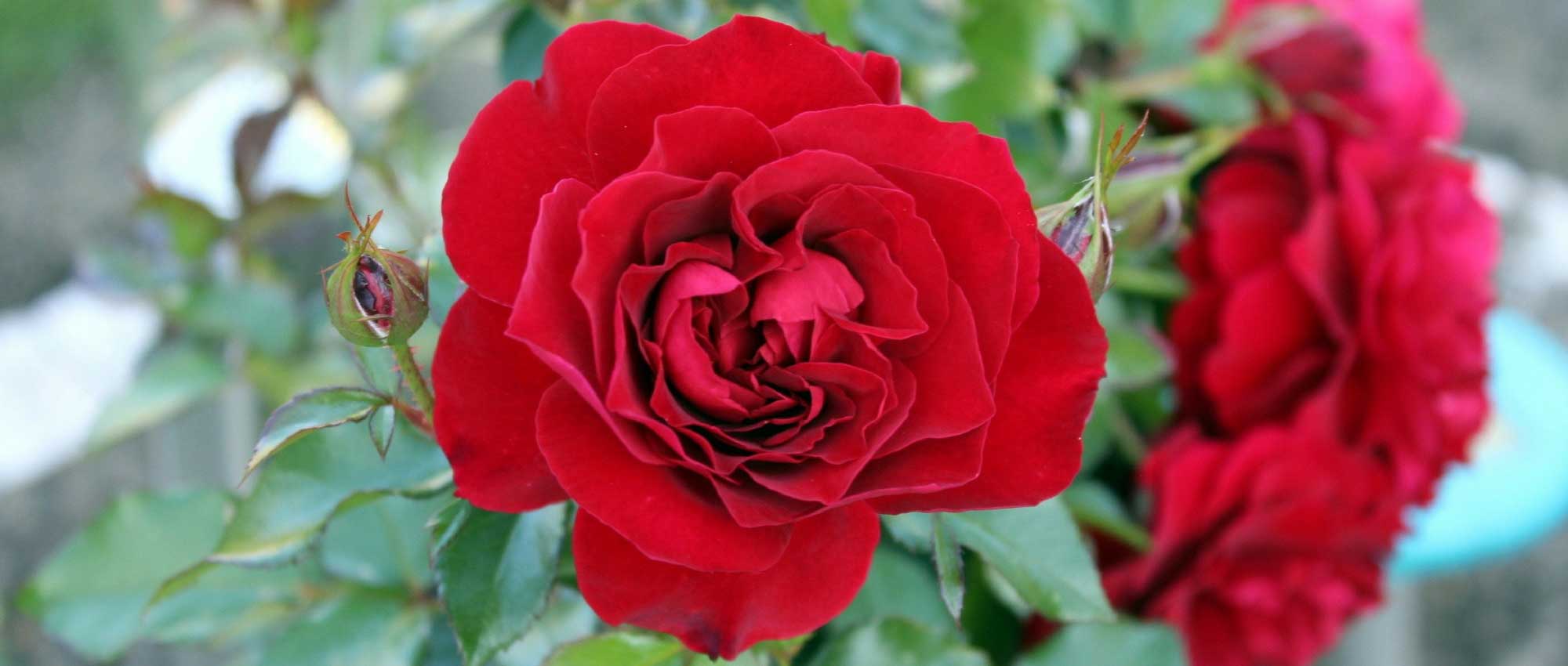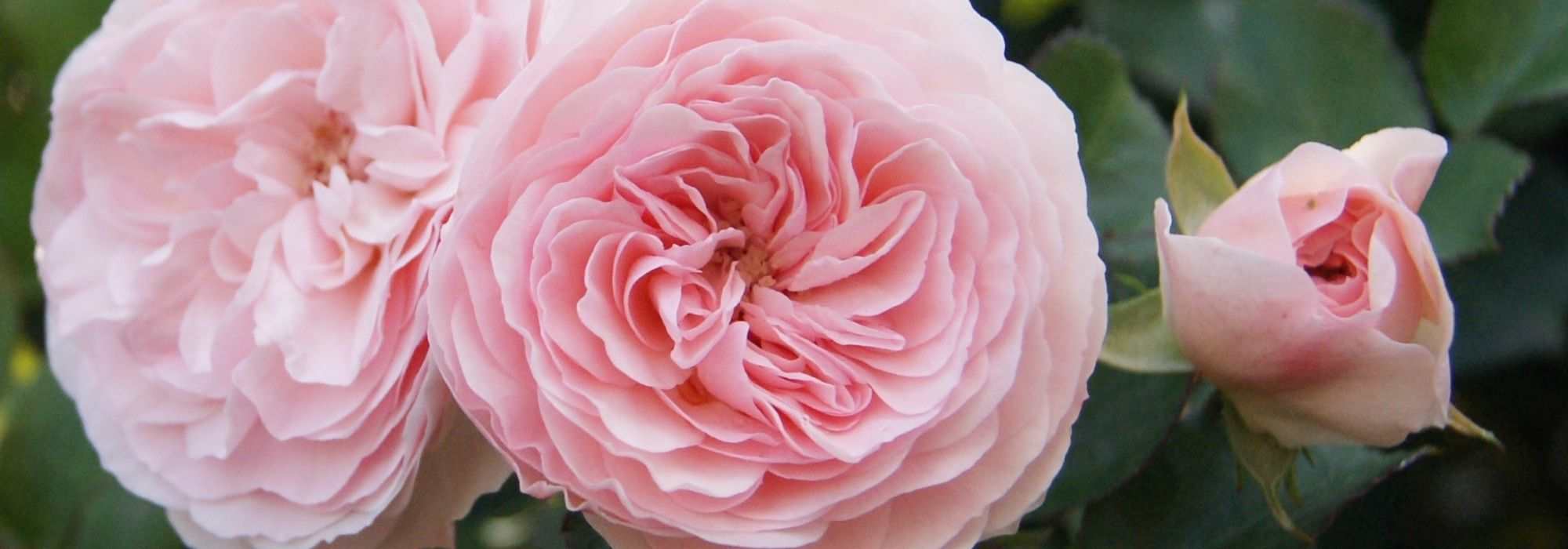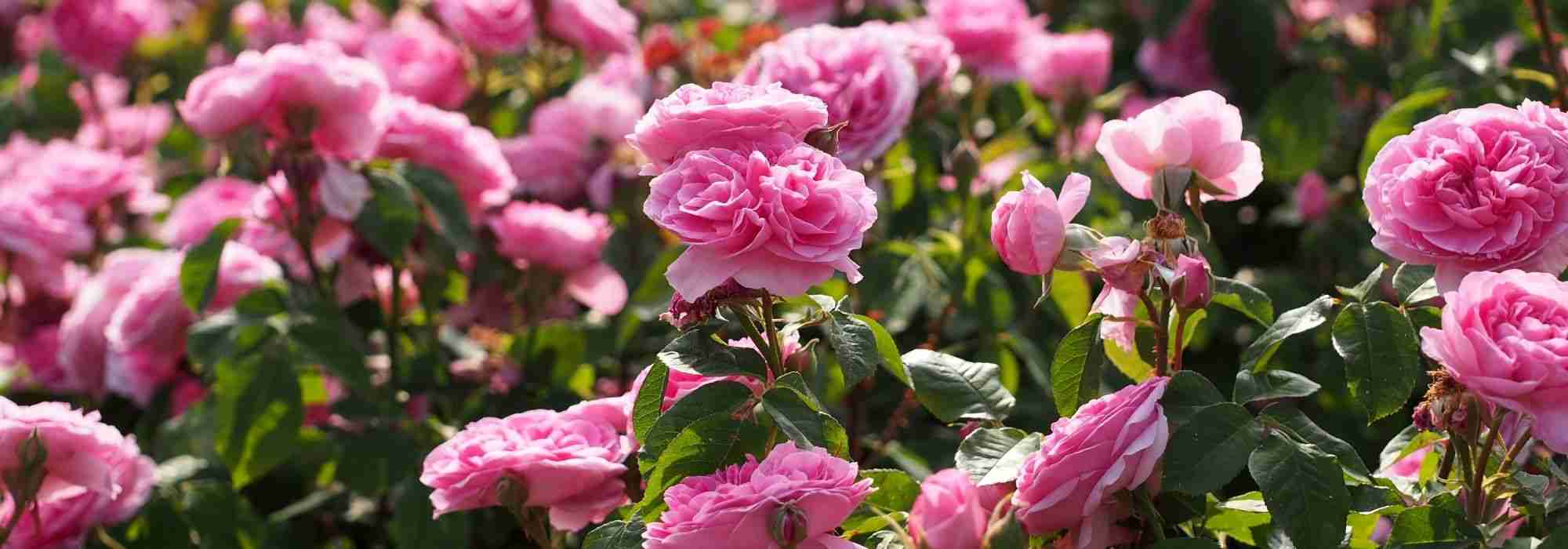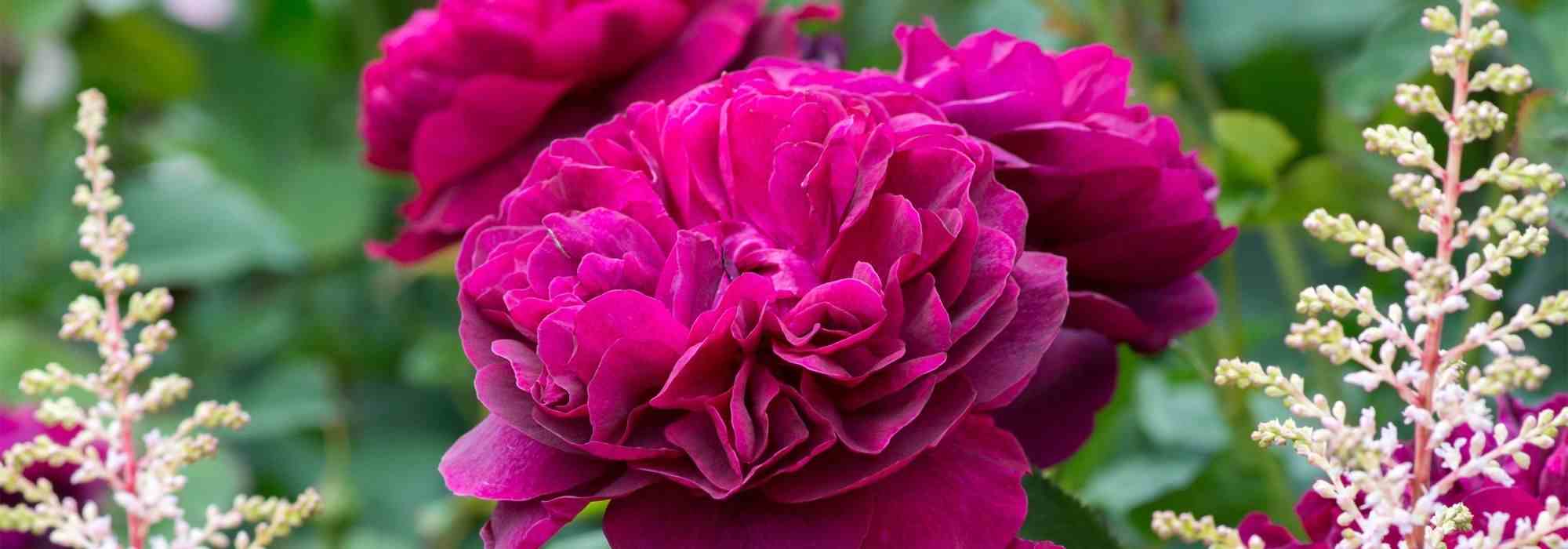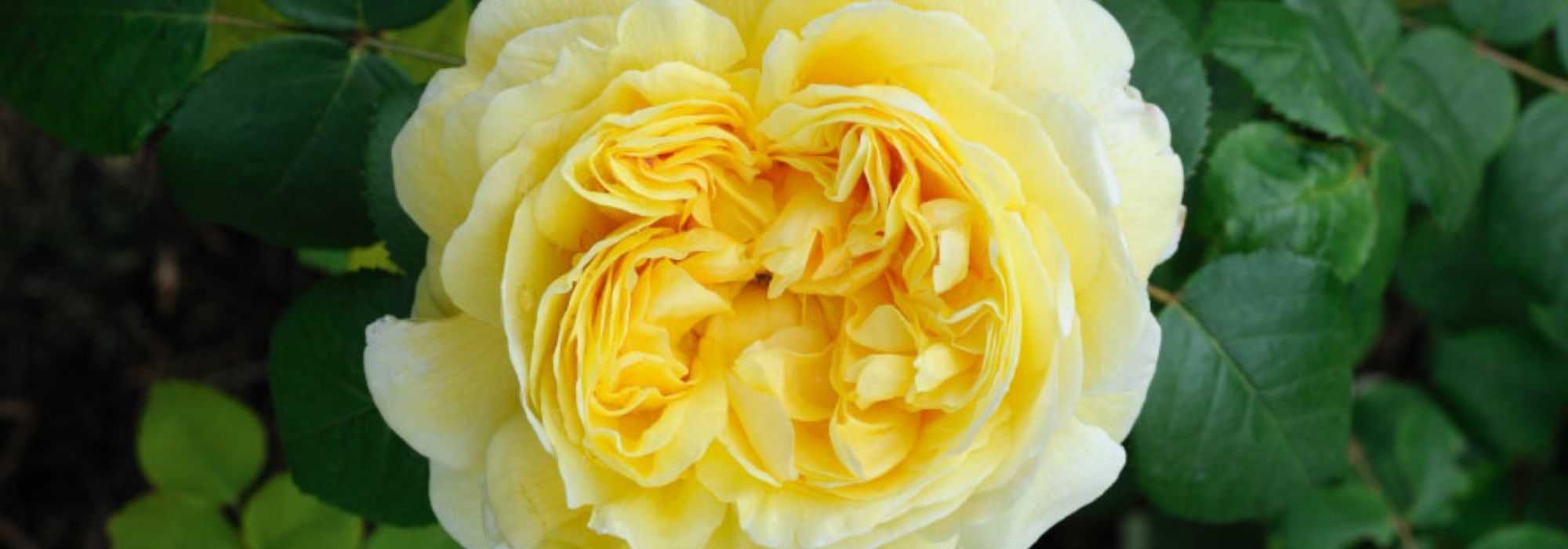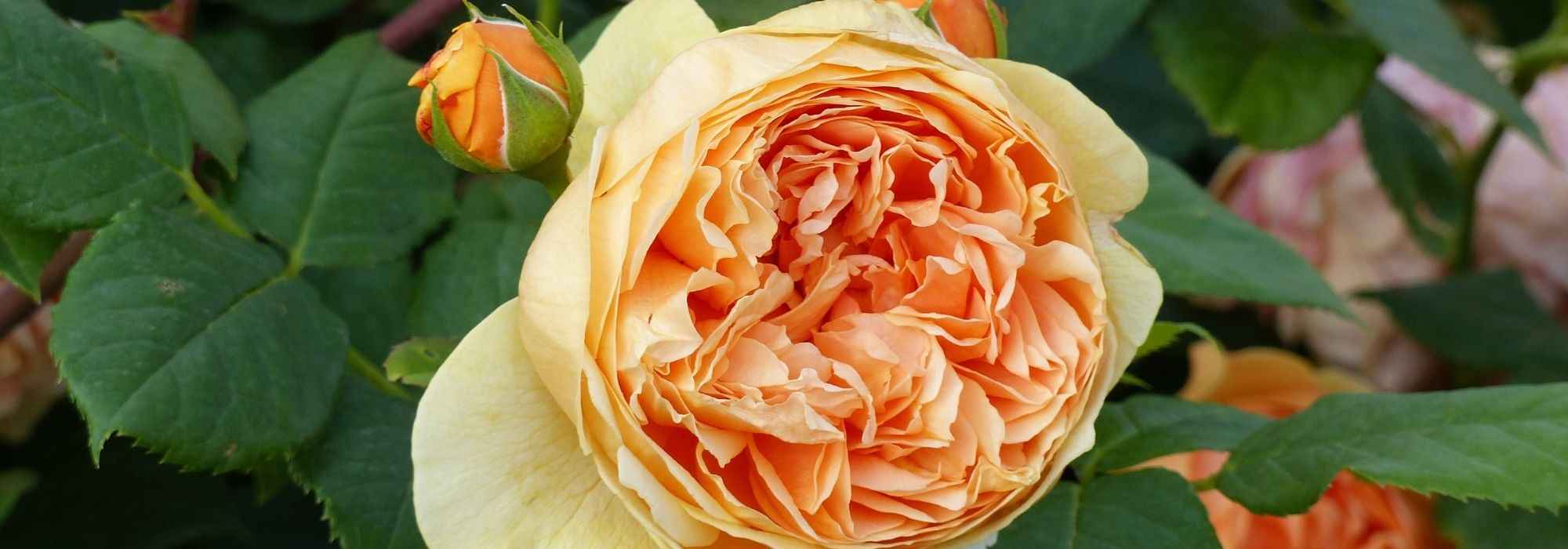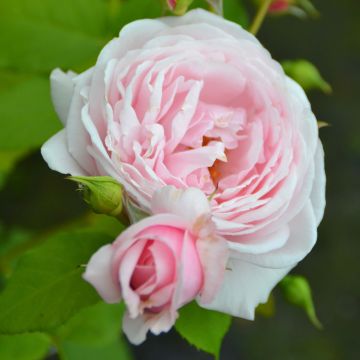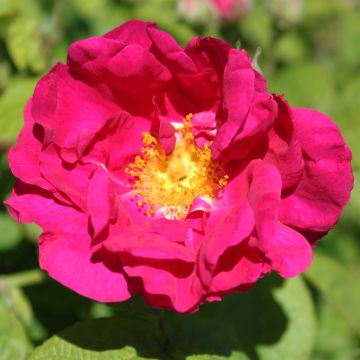

Rosier Anglais David Austin Falstaff
View more pictures
Hide images

Thierry P.

October flowering - picture 25 - After the rain.
Thierry P. • 84 FR
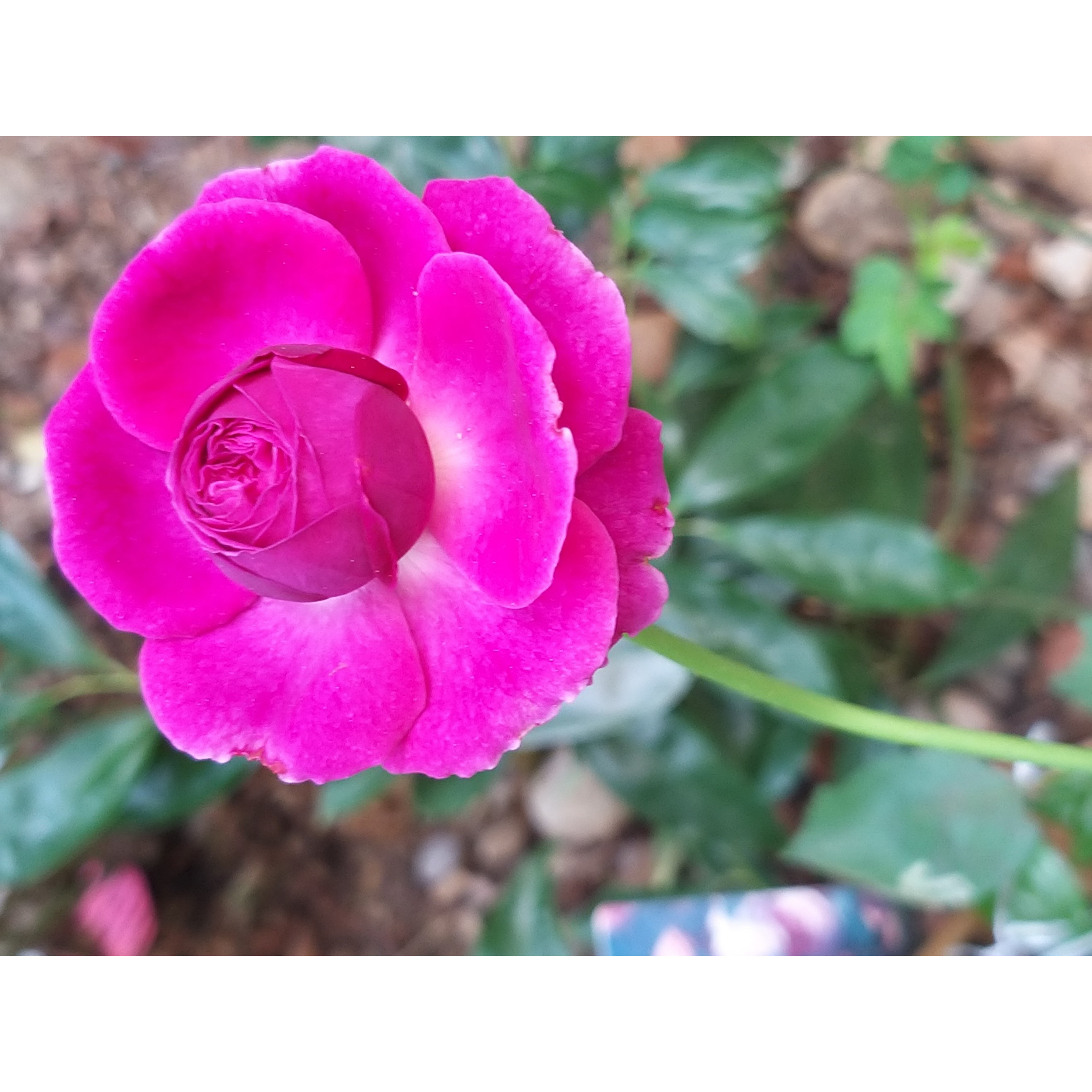
Thierry P.

October flowering - image 24
Thierry P. • 84 FR

Thierry P.

June flowering - image 22
Thierry P. • 84 FR

Thierry P.

N/A
Thierry P. • 84 FR

Thierry P.

June flowering - image 20
Thierry P. • 84 FR

Thierry P.

June flowering - image 19
Thierry P. • 84 FR

Thierry P.

June flowering - image 18
Thierry P. • 84 FR

Thierry P.

June flowering - image 17
Thierry P. • 84 FR

Thierry P.

June flowering - image 16
Thierry P. • 84 FR

Thierry P.

Flowering in May - image 15
Thierry P. • 84 FR

Thierry P.

May flowering - image 14
Thierry P. • 84 FR
Rosa Falstaff
Rosa Falstaff® 'Ausverse'
Rose [Falstaff]
Hello, I have received the 2 roses well packaged, they were a little thirsty but after an afternoon in the rain, everything is back to normal. Looking forward to their recovery, it should go well as they are very green.
Evelyne, 04/07/2021
Special offer!
Receive a €20 voucher for any order over €90 (excluding delivery costs, credit notes, and plastic-free options)!
1- Add your favorite plants to your cart.
2- Once you have reached €90, confirm your order (you can even choose the delivery date!).
3- As soon as your order is shipped, you will receive an email containing your voucher code, valid for 3 months (90 days).
Your voucher is unique and can only be used once, for any order with a minimum value of €20, excluding delivery costs.
Can be combined with other current offers, non-divisible and non-refundable.
We guarantee the quality of our plants for a full growing cycle, and will replace at our expense any plant that fails to recover under normal climatic and planting conditions.
Description
Rosa Falstaff by David Austin remains to this day one of the most beautiful creations among crimson roses. This vigorous bush, which can also be trained as a small climber, produces magnificent deep cupped roses full of red petals that gradually develop rich shades of purple and violet. Just like their colour, their fragrance of old rose with oriental notes is sumptuous. This repeat-flowering rose blooms from May to October. The bush is adorned with ample dark green foliage that perfectly enhances the flowers.
This English rose, introduced in 1999, is one of the finest introductions by the renowned rose breeder David Austin. Falstaff belongs to the group of English Hybrid Roses of Old Roses. It forms a beautiful bush with a rather upright habit, reaching about 1.25m (4ft) in height and 1.1m (4ft) in width. In favourable conditions, in warm climates, it can reach up to 3m (10ft) in height. Its growth rate is fast and vigorous. Its thorny stems are adorned with dark green foliage, divided into large toothed leaflets. It shows some sensitivity to black spot disease in humid climates. This deciduous foliage falls in autumn. This repeat-flowering rose bears 8 to 10cm (3 to 4in) wide flowers. They are solitary or grouped in small clusters of 2 to 5 units. Each cup-shaped flower is composed in the centre of multiple small petals, surrounded by larger petals that are slightly curled, and sometimes organised in quarters. The flower is initially intense crimson-red in colour, before gradually taking on shades of deep purple with violet highlights. Its powerful fragrance of old rose is more noticeable in calm and warm weather.
Rosa Falstaff is opulent and theatrical. It deserves a prominent place in the garden, near a pathway, or even against a house wall. One can place perennial geraniums, perennial salvias, forget-me-nots, foxgloves, or even chamomiles at its base. Any light flower that won't overshadow its truly magnificent flowering will be just fine. It will also thrive in a shrub border, with white, mauve, or pink roses, or a small herbaceous clematis in mauve, white, or pink tones. Roses go perfectly with catmints, campanulas, paniculate gypsophilas, and herbaceous or climbing clematis. Finally, you can plant it in front of taller shrubs, in a small flowered hedge, or use it to fill the base of a tree.
Obtained by David Austin
Rosa Falstaff in pictures
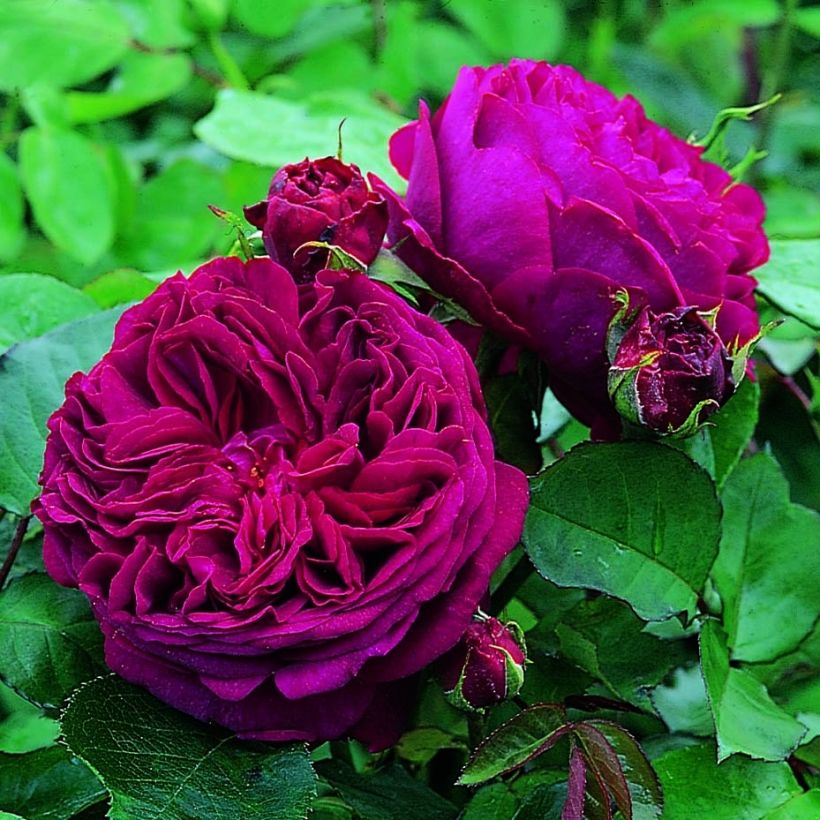

Plant habit
Flowering
Foliage
Botanical data
Rosa
Falstaff® 'Ausverse'
Rosaceae
Rose [Falstaff]
Cultivar or hybrid
Planting and care
Plant in a sunny location. English roses are tolerant, but do not like excessive limestone. They will adapt to any garden as long as the soil is well worked, not too heavy, and sufficiently rich. To plant your rose, work the soil by crumbling it and add fertiliser to the bottom of the planting hole (dried blood or dehydrated horn, for example). Water generously after planting to remove any air pockets. Water regularly for a few weeks to facilitate root growth.
Pruning is essential for flowering. Shorten the branches to two or three buds above the ground in spring, choosing an outward-facing bud for a more elegant habit. Remove dead wood and unsightly branches. Pruning should be done at an angle above a bud.
Regularly remove faded flowers to encourage new blooms.
For climbing roses: the branches that bloomed the previous year should be reduced to 3 or 4 buds or pruned to 15cm (6in). The new sturdy branches should be tied and the old branches removed, if necessary. Choose a bud pointing outward for a more elegant habit. Remove dead wood and unsightly branches. Prune at an angle above a bud.
Planting period
Intended location
Care
Planting & care advice
-
, onOrder confirmed
Reply from on Promesse de fleurs
Similar products
Haven't found what you were looking for?
Hardiness is the lowest winter temperature a plant can endure without suffering serious damage or even dying. However, hardiness is affected by location (a sheltered area, such as a patio), protection (winter cover) and soil type (hardiness is improved by well-drained soil).

Photo Sharing Terms & Conditions
In order to encourage gardeners to interact and share their experiences, Promesse de fleurs offers various media enabling content to be uploaded onto its Site - in particular via the ‘Photo sharing’ module.
The User agrees to refrain from:
- Posting any content that is illegal, prejudicial, insulting, racist, inciteful to hatred, revisionist, contrary to public decency, that infringes on privacy or on the privacy rights of third parties, in particular the publicity rights of persons and goods, intellectual property rights, or the right to privacy.
- Submitting content on behalf of a third party;
- Impersonate the identity of a third party and/or publish any personal information about a third party;
In general, the User undertakes to refrain from any unethical behaviour.
All Content (in particular text, comments, files, images, photos, videos, creative works, etc.), which may be subject to property or intellectual property rights, image or other private rights, shall remain the property of the User, subject to the limited rights granted by the terms of the licence granted by Promesse de fleurs as stated below. Users are at liberty to publish or not to publish such Content on the Site, notably via the ‘Photo Sharing’ facility, and accept that this Content shall be made public and freely accessible, notably on the Internet.
Users further acknowledge, undertake to have ,and guarantee that they hold all necessary rights and permissions to publish such material on the Site, in particular with regard to the legislation in force pertaining to any privacy, property, intellectual property, image, or contractual rights, or rights of any other nature. By publishing such Content on the Site, Users acknowledge accepting full liability as publishers of the Content within the meaning of the law, and grant Promesse de fleurs, free of charge, an inclusive, worldwide licence for the said Content for the entire duration of its publication, including all reproduction, representation, up/downloading, displaying, performing, transmission, and storage rights.
Users also grant permission for their name to be linked to the Content and accept that this link may not always be made available.
By engaging in posting material, Users consent to their Content becoming automatically accessible on the Internet, in particular on other sites and/or blogs and/or web pages of the Promesse de fleurs site, including in particular social pages and the Promesse de fleurs catalogue.
Users may secure the removal of entrusted content free of charge by issuing a simple request via our contact form.
The flowering period indicated on our website applies to countries and regions located in USDA zone 8 (France, the United Kingdom, Ireland, the Netherlands, etc.)
It will vary according to where you live:
- In zones 9 to 10 (Italy, Spain, Greece, etc.), flowering will occur about 2 to 4 weeks earlier.
- In zones 6 to 7 (Germany, Poland, Slovenia, and lower mountainous regions), flowering will be delayed by 2 to 3 weeks.
- In zone 5 (Central Europe, Scandinavia), blooming will be delayed by 3 to 5 weeks.
In temperate climates, pruning of spring-flowering shrubs (forsythia, spireas, etc.) should be done just after flowering.
Pruning of summer-flowering shrubs (Indian Lilac, Perovskia, etc.) can be done in winter or spring.
In cold regions as well as with frost-sensitive plants, avoid pruning too early when severe frosts may still occur.
The planting period indicated on our website applies to countries and regions located in USDA zone 8 (France, United Kingdom, Ireland, Netherlands).
It will vary according to where you live:
- In Mediterranean zones (Marseille, Madrid, Milan, etc.), autumn and winter are the best planting periods.
- In continental zones (Strasbourg, Munich, Vienna, etc.), delay planting by 2 to 3 weeks in spring and bring it forward by 2 to 4 weeks in autumn.
- In mountainous regions (the Alps, Pyrenees, Carpathians, etc.), it is best to plant in late spring (May-June) or late summer (August-September).
The harvesting period indicated on our website applies to countries and regions in USDA zone 8 (France, England, Ireland, the Netherlands).
In colder areas (Scandinavia, Poland, Austria...) fruit and vegetable harvests are likely to be delayed by 3-4 weeks.
In warmer areas (Italy, Spain, Greece, etc.), harvesting will probably take place earlier, depending on weather conditions.
The sowing periods indicated on our website apply to countries and regions within USDA Zone 8 (France, UK, Ireland, Netherlands).
In colder areas (Scandinavia, Poland, Austria...), delay any outdoor sowing by 3-4 weeks, or sow under glass.
In warmer climes (Italy, Spain, Greece, etc.), bring outdoor sowing forward by a few weeks.






























